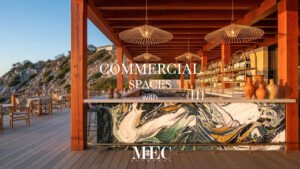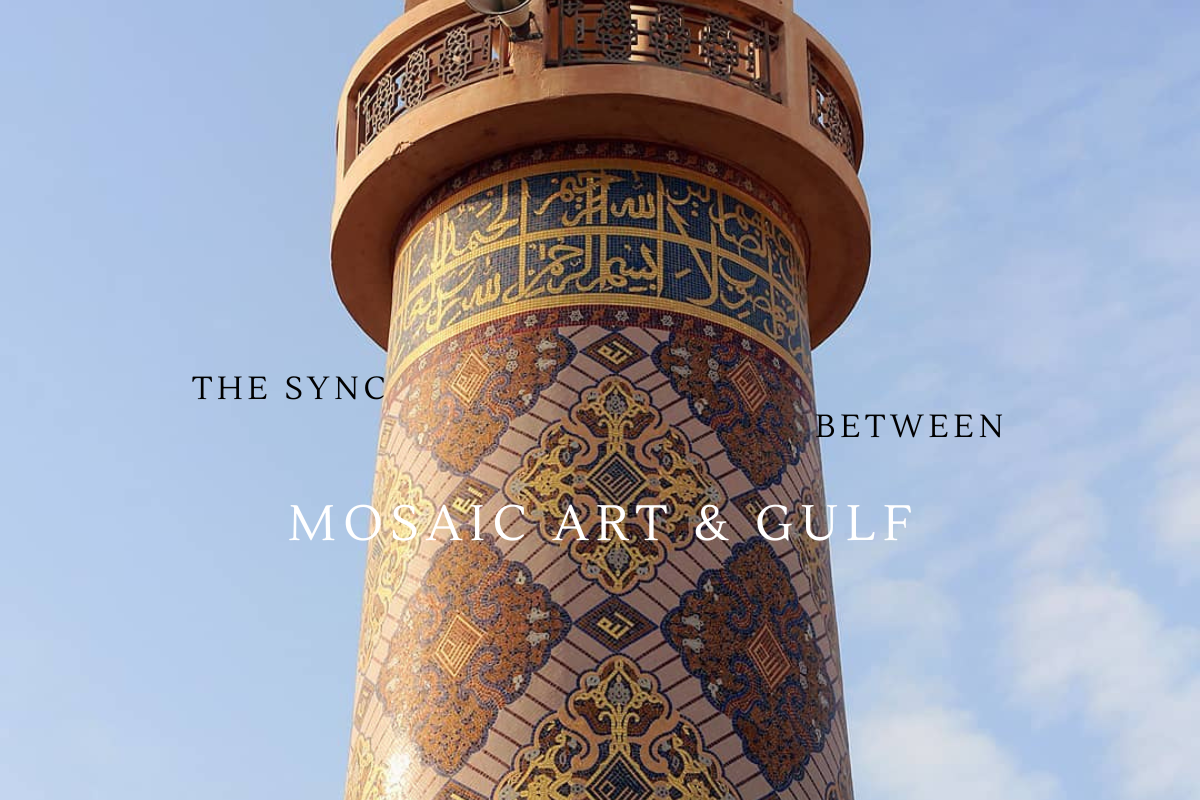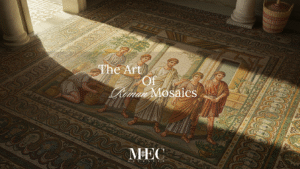
We The UAE 2031: Transforming Architecture and Interior Design for the Future
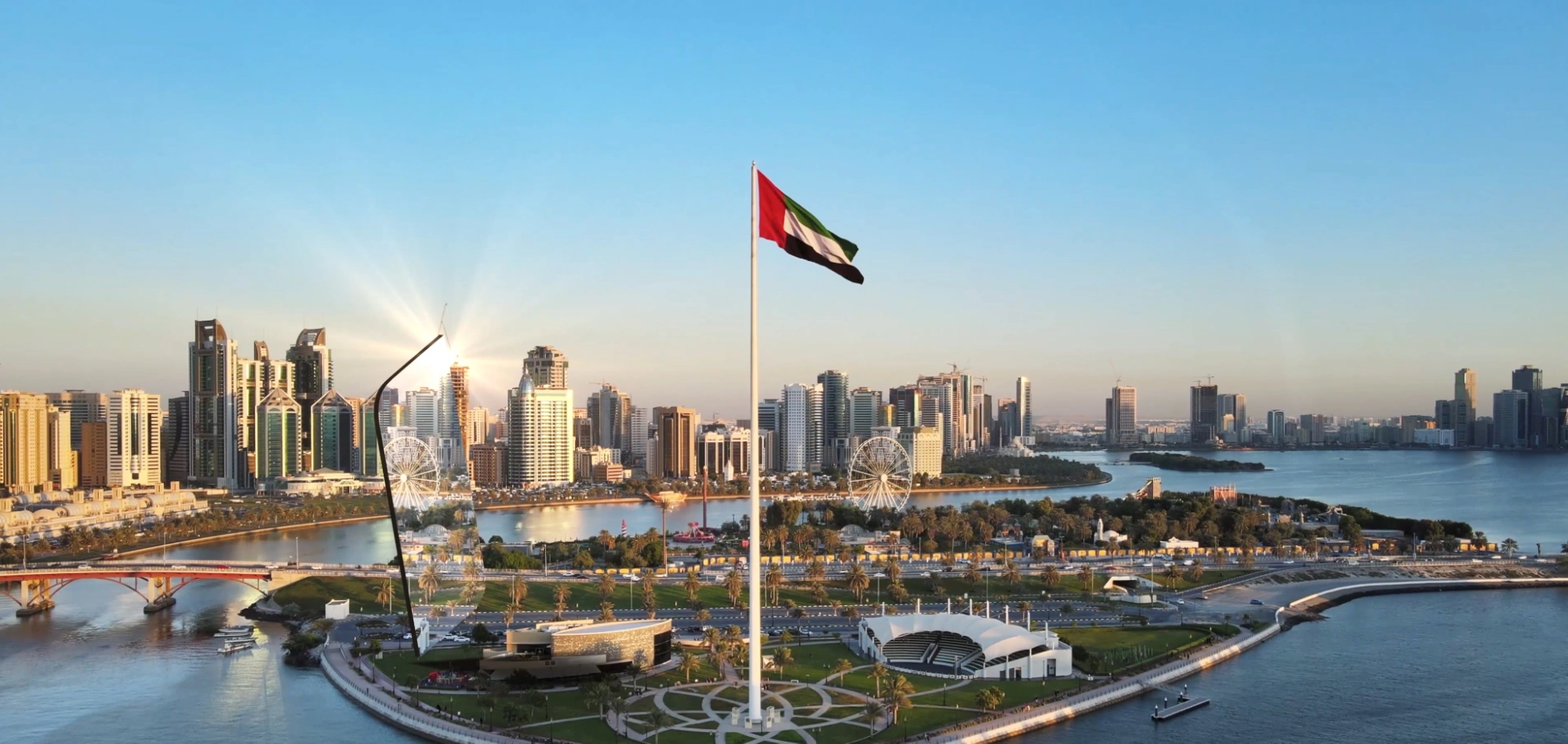
We The UAE 2031: Transforming Architecture and Interior Design for the Future
MEC ARTWORKS • Audio Episode
The United Arab Emirates (UAE) has always been a nation at the forefront of innovation, modernity, and progress. As it continues to evolve, the UAE has set its sights on a bright future with its ambitious “We The UAE 2031” vision. This strategic roadmap is a comprehensive plan designed to strengthen the country’s position as a global leader across various sectors, from trade to space exploration, and from sustainable development to economic diversification.
Interior design is becoming an integral part of this artistic transformation in UAE, with an emphasis on sustainability, luxury, and creativity. A key feature of this evolution is the resurgence of traditional art forms, such as mosaic tile art, which is being reimagined in contemporary spaces. The intricate patterns and vibrant colors of mosaics are making a statement in both commercial and residential spaces.
Continue reading to explore everything you need to know about this exciting national initiative and the transformative changes it promises.
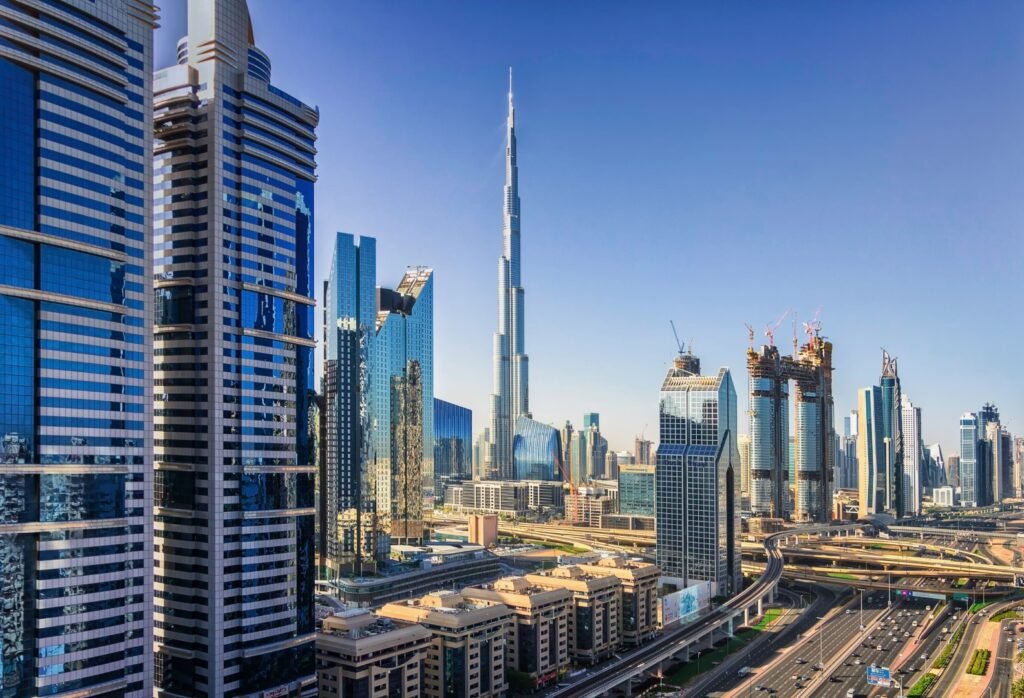
What is We The UAE 2031?
“We The UAE 2031” is an ambitious national plan that aims to guide the UAE’s development over the next decade, aligning with the UAE Centennial Plan 2071 and the Principles of the 50. This vision focuses on elevating the UAE’s position on the world stage in key sectors such as economy, trade, technology, space exploration, sustainability, and more.
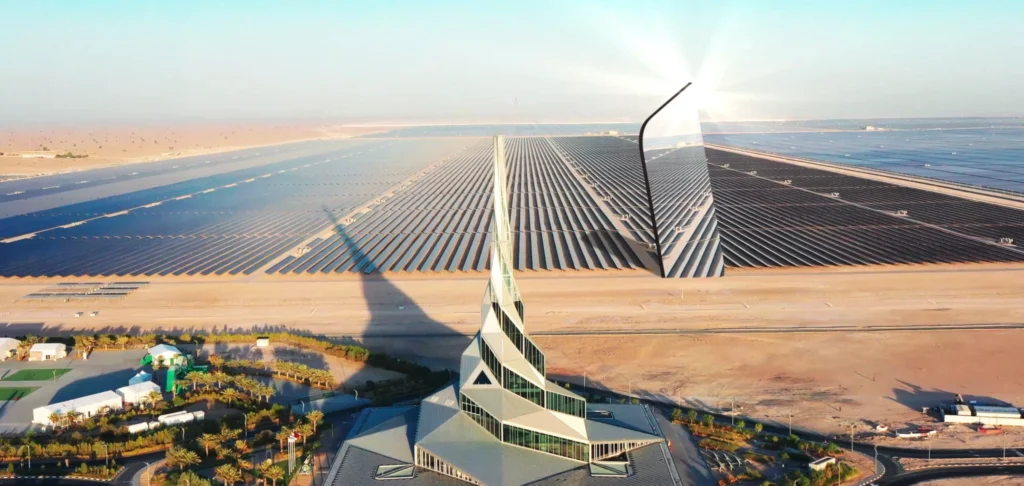
The vision seeks to foster a future that is both sustainable and innovative, focusing on smart urban development, green technologies, and a diversified economy. By 2031, the UAE aims to be recognized not only as an economic powerhouse but also as a global leader in terms of technology, sustainable living, and international partnerships.
Key Pillars of We The UAE 2031
The vision is built upon several key pillars that define the UAE’s future growth trajectory:
1. Economic Diversification and Growth
The UAE has long been a leading economy in the Middle East, largely due to its oil exports. However, in line with the country’s long-term goals, “We The UAE 2031” focuses on diversifying the economy to reduce reliance on hydrocarbons. The plan aims to boost sectors like renewable energy, manufacturing, technology, and tourism, while enhancing the global competitiveness of the country.
A significant part of this diversification effort is the initiative to increase the UAE’s foreign direct investment (FDI) inflows, targeting an annual $65 billion by 2031. This move will be supported by policies that make the UAE a more attractive destination for investors, entrepreneurs, and global businesses.
2. Strengthening International Trade Relationships
Trade has been a core pillar of the UAE’s economy for years, and the country’s global trade network continues to expand. “We The UAE 2031” aims to position the UAE as a leading global trading hub by strengthening its trade relationships with key international markets.
In recent years, the UAE has secured several major free trade agreements, including those with India and Australia. For example, the Australia-UAE Comprehensive Economic Partnership Agreement (CEPA) is set to increase bilateral trade, with over 99% of Australian products entering the UAE tariff-free. This kind of international collaboration is expected to further enhance the UAE’s trade volumes, cementing its role as a key player in global trade networks.
The UAE also plans to further its ambitions by pushing for enhanced non-oil trade, which reached an impressive AED 3 trillion in 2024, marking a 14.6% year-over-year growth. This growth is expected to continue, with a focus on promoting advanced technologies, green solutions, and knowledge-based industries.
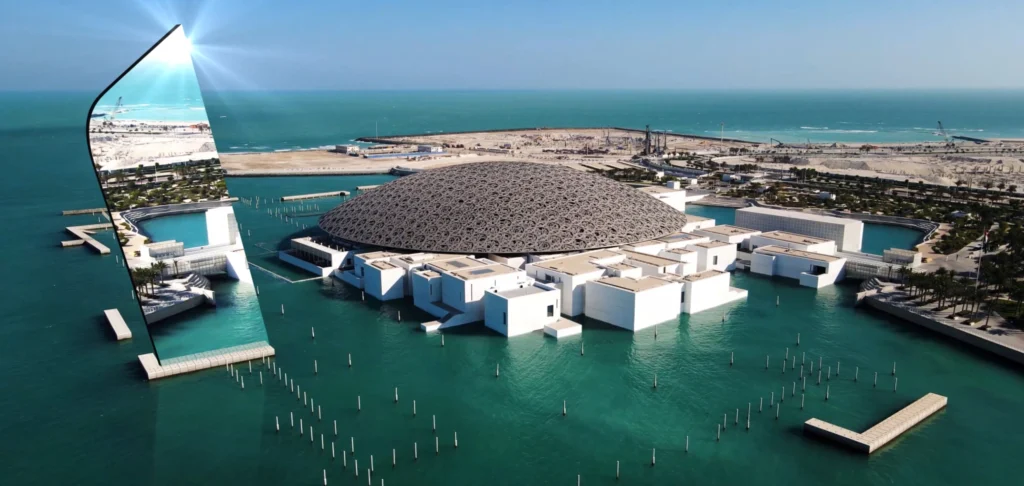
3. Advancing Technology and Innovation
In line with the UAE’s broader aim to become a hub for technological innovation, “We The UAE 2031” prioritizes the advancement of cutting-edge technologies. This includes artificial intelligence (AI), robotics, blockchain, and smart city solutions, which will drive future development across all sectors of the economy.
By 2031, the UAE aims to be recognized as a leader in innovation. The government is committed to fostering a business-friendly environment that encourages the growth of tech startups and global tech giants alike. Initiatives such as the Dubai Silicon Oasis and Abu Dhabi’s Hub71 are vital components of the strategy to attract tech companies and promote the development of next-generation technologies.
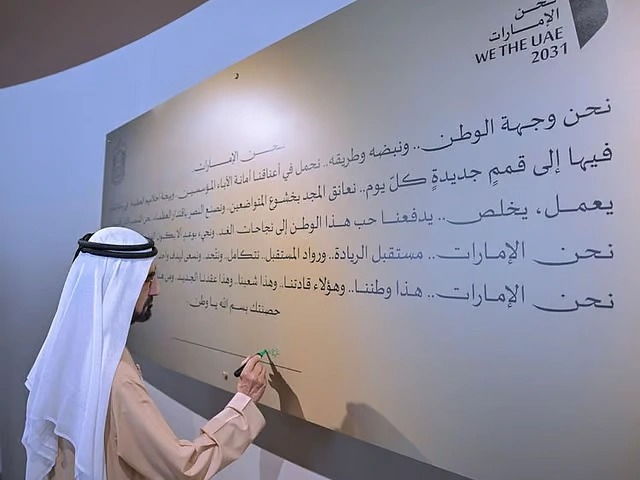
4. Space Exploration and Leadership
The UAE has made remarkable strides in space exploration, and “We The UAE 2031” continues this legacy with ambitious plans. One of the most exciting projects in this regard is the MBR Explorer mission, scheduled for launch in March 2028.
The UAE’s space ambitions are not only about exploration but also about positioning the country as a leader in space technology. With a robust space program backed by institutions like the Mohammed Bin Rashid Space Centre (MBRSC), the country plans to play a pivotal role in the future of space exploration.
5. Technological Investments: AI and Digital Assets
The UAE is positioning itself as a leader in artificial intelligence and digital finance. Sheikh Tahnoon bin Zayed Al Nahyan is spearheading investments through MGX, a $50 billion AI fund, aiming to transform Abu Dhabi into a global AI hub. These efforts include funding chip plants, data centers, and local AI startups, attracting global tech leaders and fostering innovation.
In the digital asset sector, Abu Dhabi’s MGX has invested $2 billion in Binance, marking the first institutional investment in the world’s largest cryptocurrency exchange. This move aligns with the UAE’s goal of becoming a global hub for digital assets and reflects its commitment to embracing emerging financial technologies.
6. Architectural Design Trends: Integration of Traditional and Modern Elements
Contemporary architectural designs in the UAE are blending traditional elements with modern aesthetics. For instance, comedian Mohanad AlHattab’s Dubai villa showcases a harmonious mix of bold colors and refined design, featuring dramatic wood-paneled hallways and vibrant Moroccan Zellige tiles. This fusion creates visually engaging spaces that honor cultural heritage while embracing modern comforts.
As the country looks to the future, it is embracing the rich cultural heritage that has long defined its identity, while simultaneously pushing the boundaries of modern architectural innovation. This fusion is particularly evident in the use of materials, design aesthetics, and artistic expressions that blend the old with the new—none more prominently than in the resurgence of mosaic tile art.
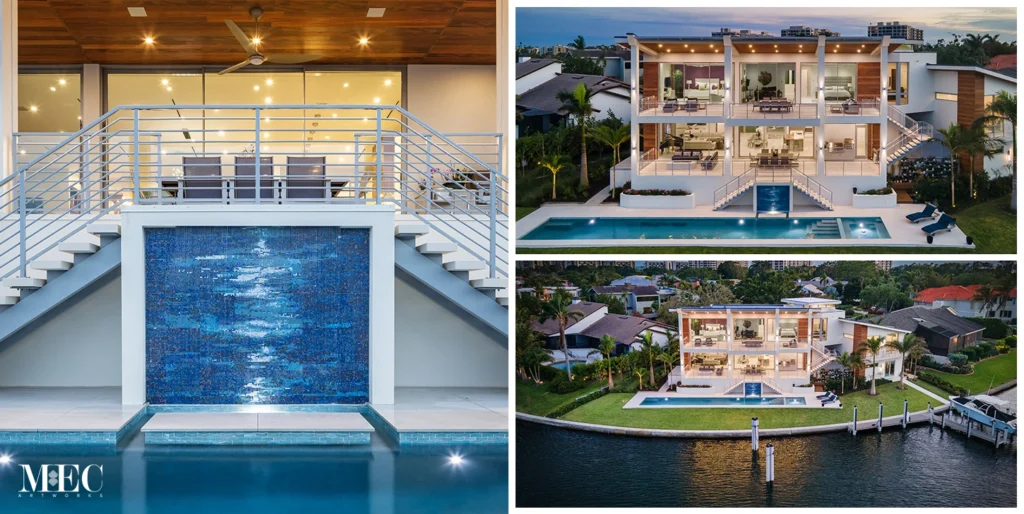
Mosaics in Modern Architectural Design
In modern architecture, mosaic tiles are being utilized not just as decorative elements but as bold statements in design. From public buildings and grand hotels to private homes and office spaces, mosaics are enhancing surfaces and creating dynamic focal points. The geometric patterns that once adorned traditional Islamic architecture are now being reinterpreted with innovative materials and techniques, adding depth and texture to walls, floors, and even ceilings.
Enchanted Marble Mosaic Floorings – behind the scenes #bespokemosaic #marblemosaic #mosaicrug
Incorporating mosaic tile art into architectural design allows for the creation of visually captivating spaces that tell a story—whether it’s a celebration of local craftsmanship or a nod to historical influences. Today, architects and designers are experimenting with mosaic tiles in larger, more ambitious ways, creating expansive murals and even massive pool installations that draw the eye. These modern interpretations of mosaic art reflect the UAE’s desire to merge the elegance of the past with the sleekness of the future.
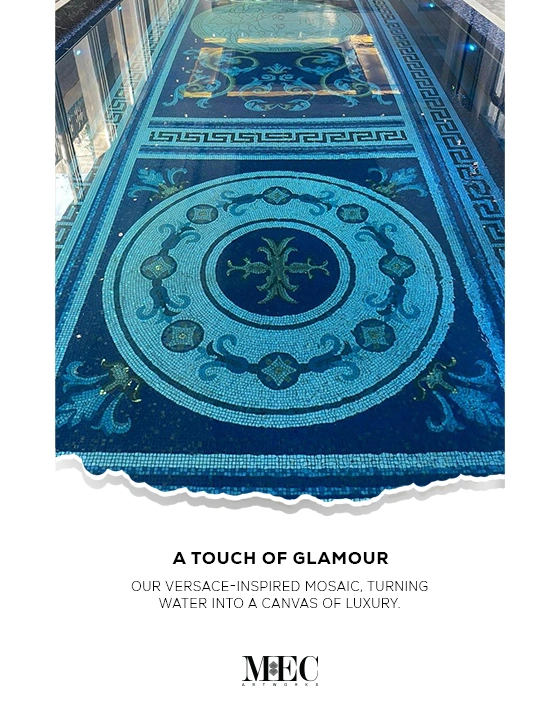
Mosaic Tiles in Interior Design
Interior design in the UAE is also witnessing the evolution of mosaic tiles, with designers using them in everything from kitchen backsplashes to bathroom floors, and even as accent pieces in living rooms and lobbies. The versatility of mosaic tiles makes them a perfect choice for both residential and commercial spaces. The combination of high-quality materials—such as marble, glass, and even metal—offers endless possibilities for customization, enabling designers to create one-of-a-kind pieces that align with the specific aesthetic vision of a space.
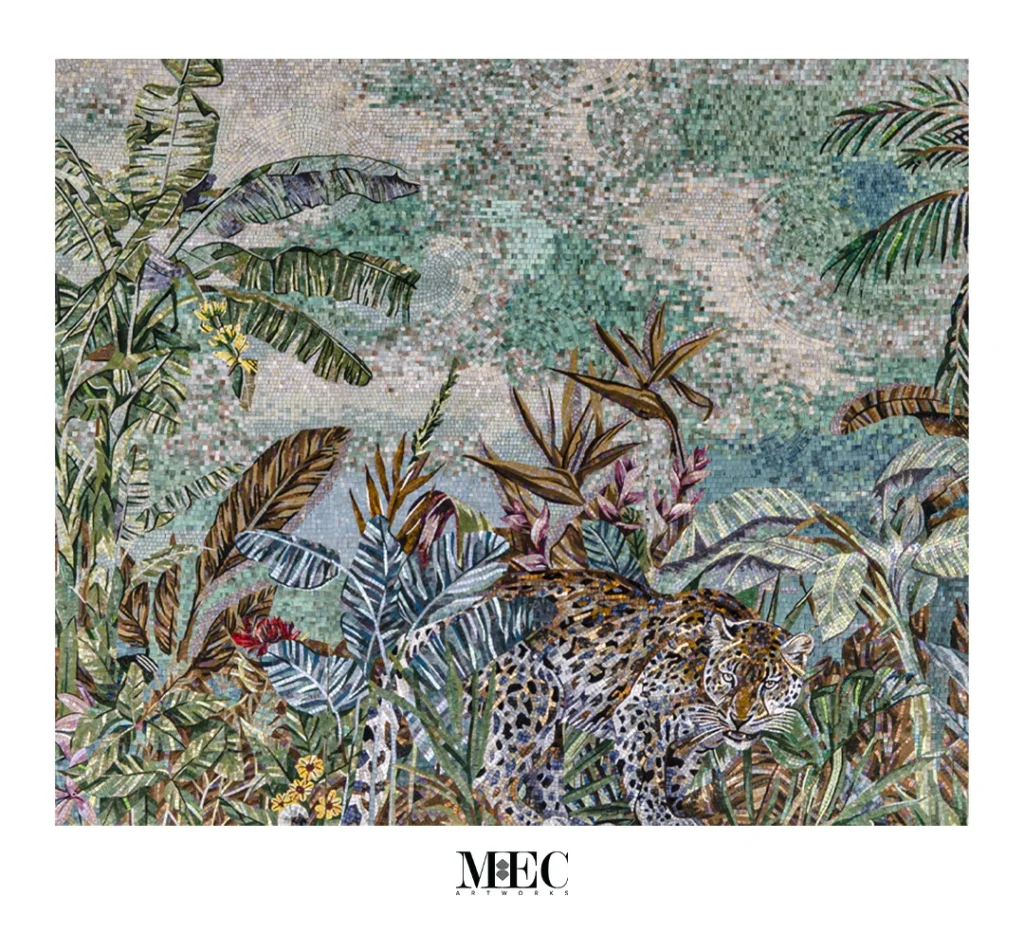
Incorporating traditional mosaic patterns into modern interior spaces adds a layer of cultural richness and texture, while introducing contemporary materials and designs ensures that the aesthetic remains fresh and current. From intricate geometric patterns inspired by traditional Islamic art to modern abstract mosaics, these designs serve as a bridge between the UAE’s rich heritage and its ambitious future.
From Red Glass Tiles to Exquisite Flower Mosaic Art 🌹✨
7. Real Estate Market Dynamics
Dubai’s property market continues to thrive, with residential sales reaching Dh120 billion ($32.7 billion) in Q3 2024. Wealthy buyers, particularly those from Europe, North America, and Germany, are attracted by Dubai’s Golden Visa program. This influx has driven property prices up by 147% over the past five years, influencing architectural designs to cater to larger, family-oriented homes and luxury developments.
Additionally, the UAE’s real estate market remains a strong investment opportunity, bolstered by government policies like the Golden Visa and rising rental yields.
8. Energy Sector Investments
The UAE’s commitment to energy diversification is evident in its investments in natural gas and renewable energy. ADNOC plans significant investments in U.S. natural gas, aiming to enhance global energy supply and meet increasing demand. This strategy reflects a pragmatic approach to energy policy, balancing traditional energy sources with sustainable alternatives.
9. Cultural and Creative Initiatives
The UAE continues to invest in cultural and creative initiatives, enhancing its status as a global cultural hub. These efforts include hosting international art exhibitions, supporting local artists, and developing cultural districts, contributing to the nation’s dynamic and diverse architectural landscape.
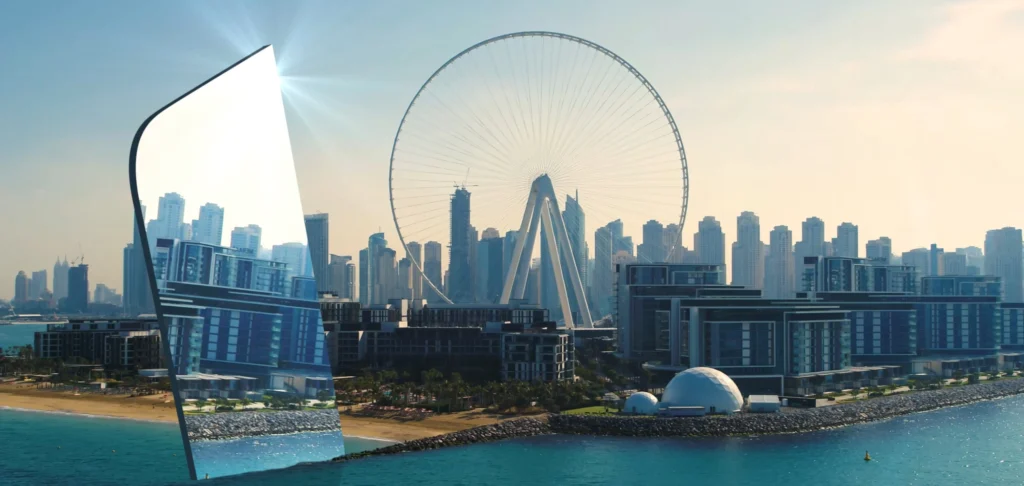
Sustainability and Smart Cities: Shaping the UAE’s Future
Sustainability is a critical component of the UAE’s future. The country has been making significant strides toward green energy solutions, including solar power and nuclear energy, to power its cities sustainably. The government has set a target for 50% of its energy to come from renewable sources by 2050, which aligns with the UAE’s commitment to reducing its carbon footprint and ensuring a sustainable future.
The development of smart cities, like Masdar City in Abu Dhabi, reflects this vision. These cities are designed to be eco-friendly, technologically advanced, and sustainable. By 2031, the UAE aims to have expanded its green initiatives, ensuring that all new developments meet the highest standards of sustainability.
The focus on sustainability also extends to transport. The UAE has launched various green initiatives, such as electric car charging stations, autonomous vehicles, and more sustainable public transportation options, to reduce the nation’s environmental impact.
We The UAE 2031 | UAE’s Next Visionary Roadmap | NIM
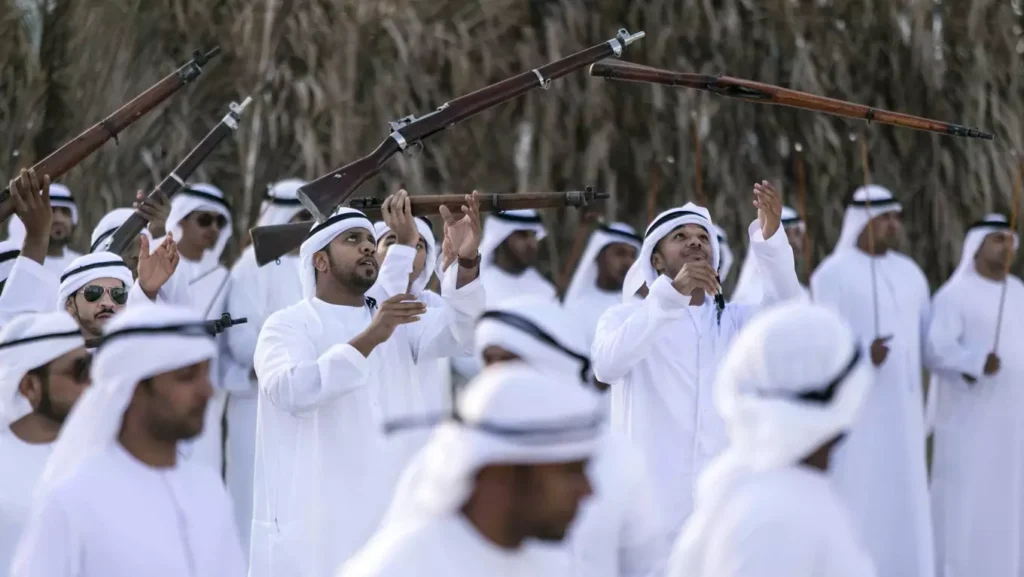
We The UAE 2031 and Global Partnerships
“We The UAE 2031” is not just about internal development but also about fostering strong international relationships. The UAE has already strengthened its ties with countries around the world through diplomatic efforts and trade agreements. It continues to work on expanding these relationships, ensuring that it remains connected to global markets and international organizations.
Through participation in initiatives like the United Nations Sustainable Development Goals (SDGs), the UAE is making it clear that its future is intertwined with the global community’s progress. The country is committed to promoting peace, stability, and economic development, both regionally and internationally.
Architectural Trends Shaping UAE 2031 Vision: Mosaic Tile Art
As the UAE moves towards its 2031 vision, the integration of mosaic tile art will continue to play a pivotal role in blending tradition with innovation. Bespoke mosaics not only enhance the beauty of modern infrastructure but also celebrate the nation’s cultural heritage. From grand public projects to luxury spaces, custom mosaics offer timeless elegance, reflecting the UAE’s commitment to art and architectural excellence.
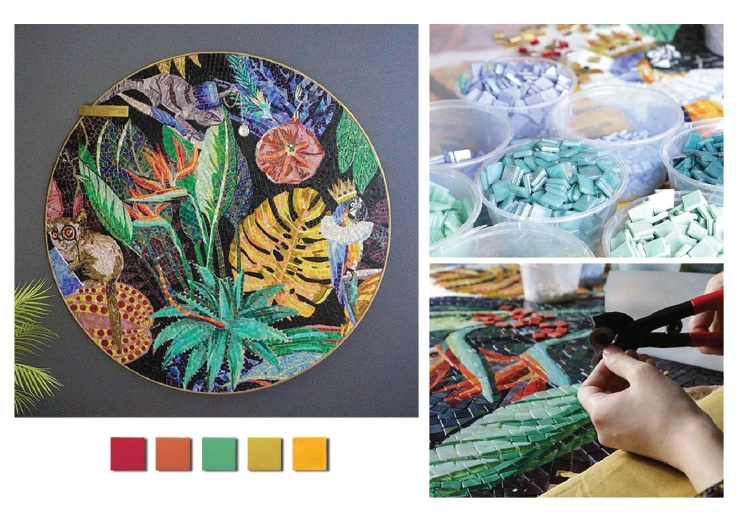
MEC Artworks: Bespoke Luxury Mosaics
Mosaic art has been long known for its exquisite artistry element and the ability to blend in modern interior spaces. At MEC Artworks, we indulge in extension and intricate craftsmanship to design something that exhibits emotion and personality through timeliness portraits. An art form that has been spanning since centuries, mosaics are increasingly being customized to meet the diversifying tastes of modern audiences, considering changes in culture and environmental concerns.
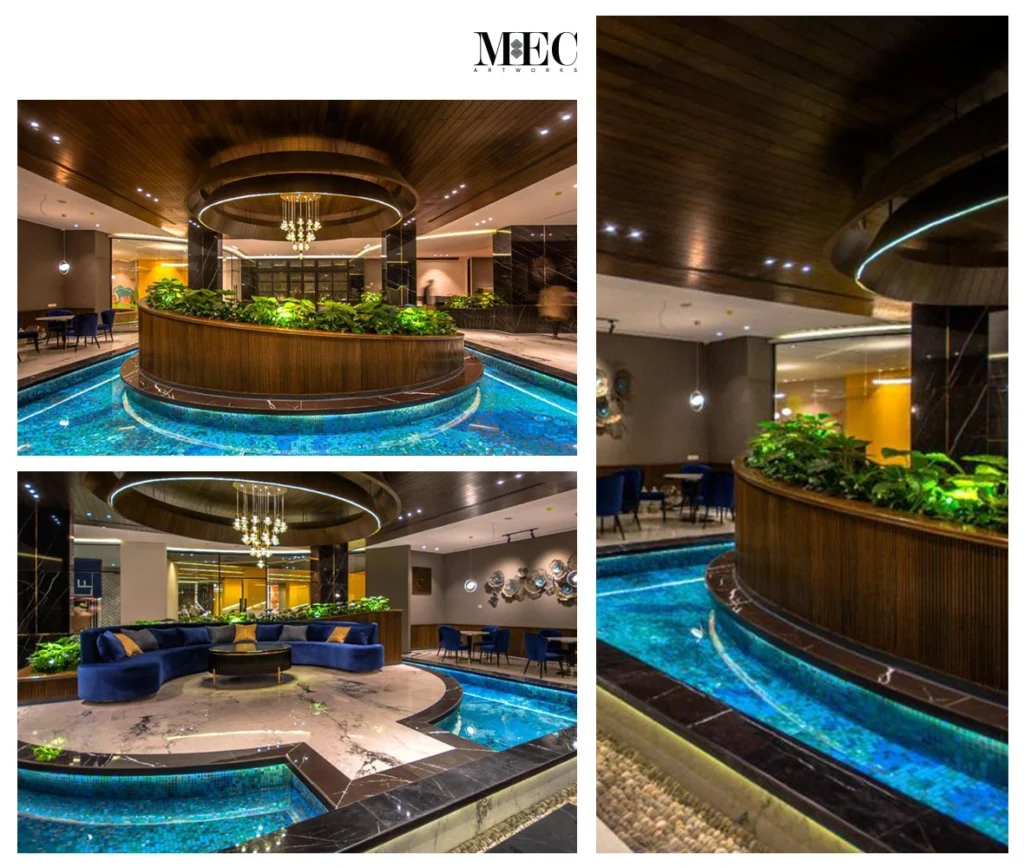
Whether you’re designing a modern space or restoring a traditional one, our mosaics add a unique, cultural touch to any project, perfectly aligning with the UAE’s 2031 vision. Connect with us today to explore how our custom mosaics can enhance your next project and contribute to the UAE’s bright future.
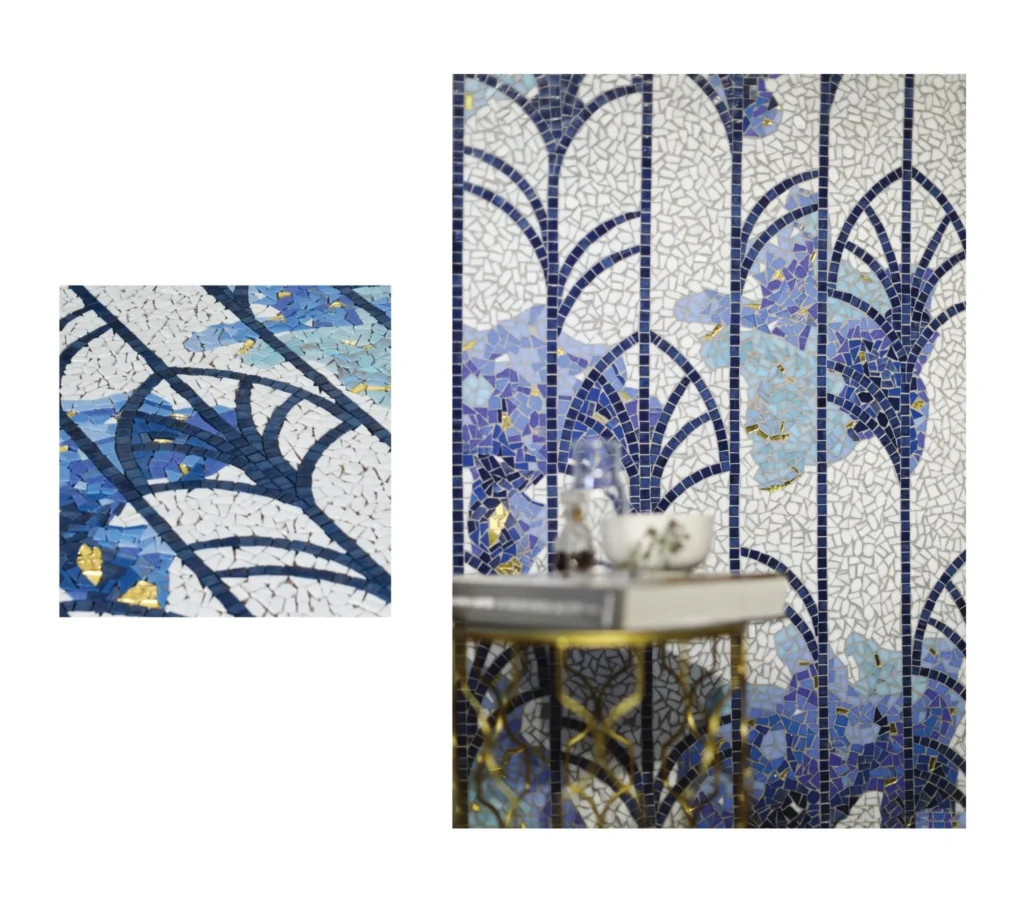
Frequently Asked Questions
How does mosaic tile art contribute to modern architecture in the UAE?
Mosaic tile art adds a unique cultural touch to modern structures, blending traditional craftsmanship with contemporary designs, enhancing both aesthetics and functionality in public and private spaces. MEC Artworks integrates handcrafted mosaics into modern designs to elevate architectural impact.
Why are bespoke mosaics important for luxury projects in the UAE?
Bespoke mosaics offer a personalized, high-quality design that elevates the elegance of luxury spaces, adding an exclusive and timeless appeal that reflects the UAE’s architectural aspirations. MEC Artworks crafts custom mosaics that enhance the prestige of luxury developments.
How can mosaic tile art align with the UAE’s 2031 vision?
As the UAE focuses on innovation, sustainability, and cultural preservation, mosaic tile art plays a key role in creating visually stunning, sustainable spaces that celebrate both heritage and modernity. MEC Artworks supports this vision with eco-conscious mosaics rooted in tradition and innovation.
What types of projects can benefit from bespoke mosaic tile art?
Bespoke mosaics are perfect for luxury residences, government buildings, hotels, cultural landmarks, and any project looking to add a unique, artistic element while reflecting the UAE’s rich heritage. MEC Artworks delivers tailored mosaic solutions for a wide range of high-end and cultural projects.
Share on
Latest Posts

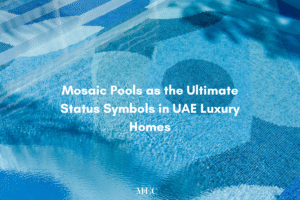
Mosaic Pools as the Ultimate Status Symbols in UAE Luxury Homes
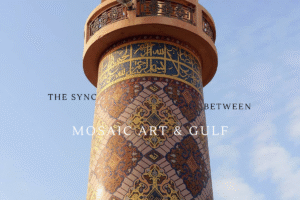
The Sync Between Mosaic Art & the Gulf
